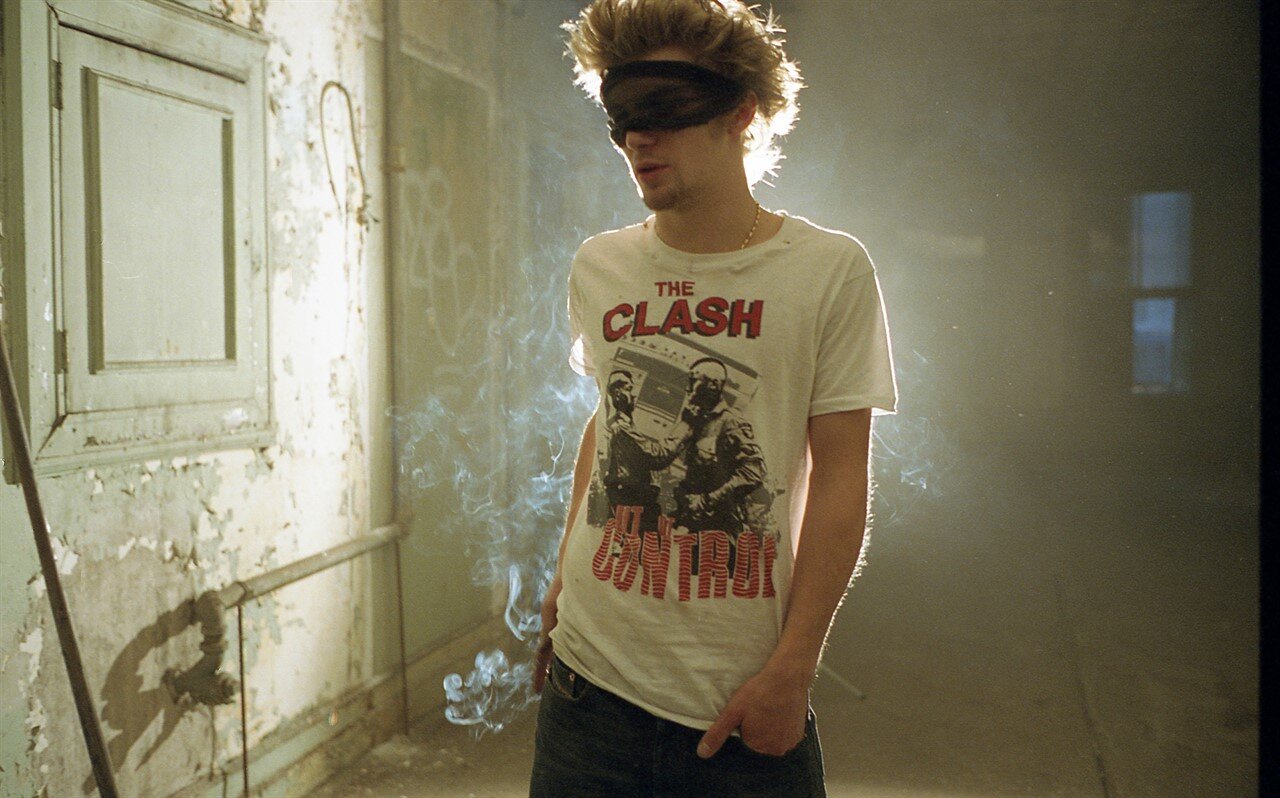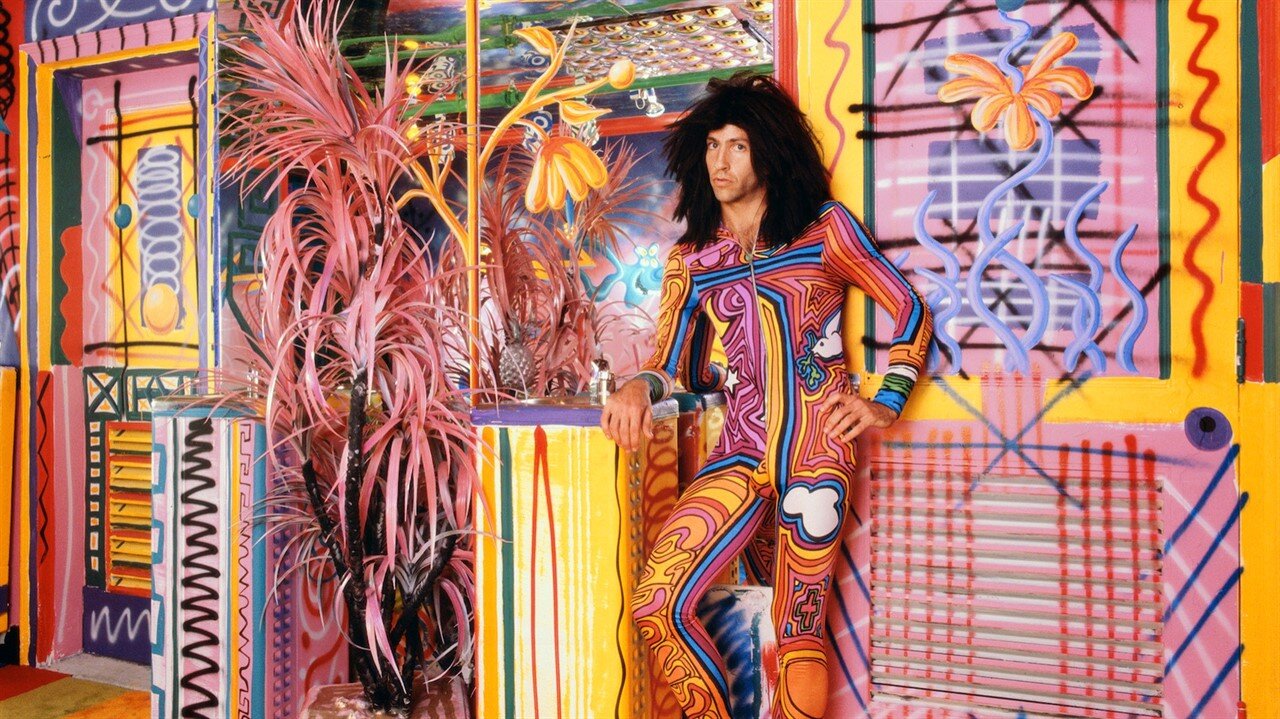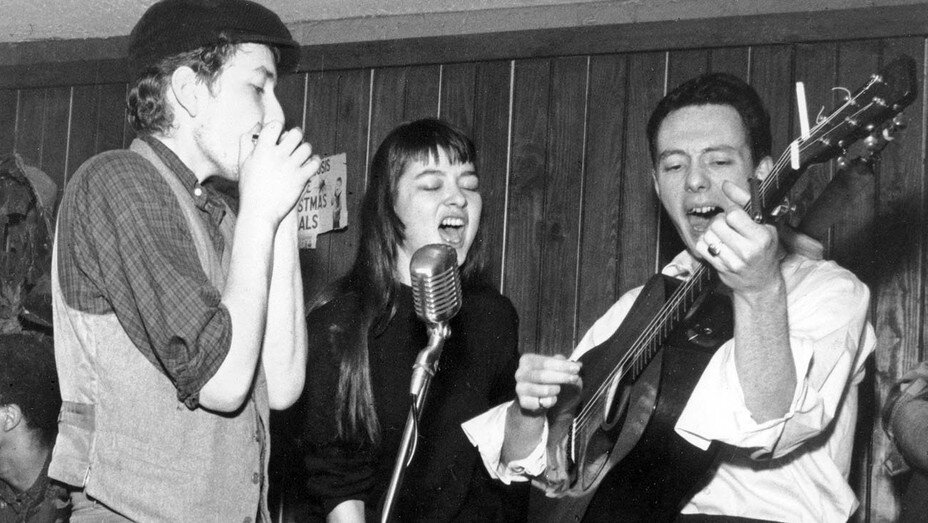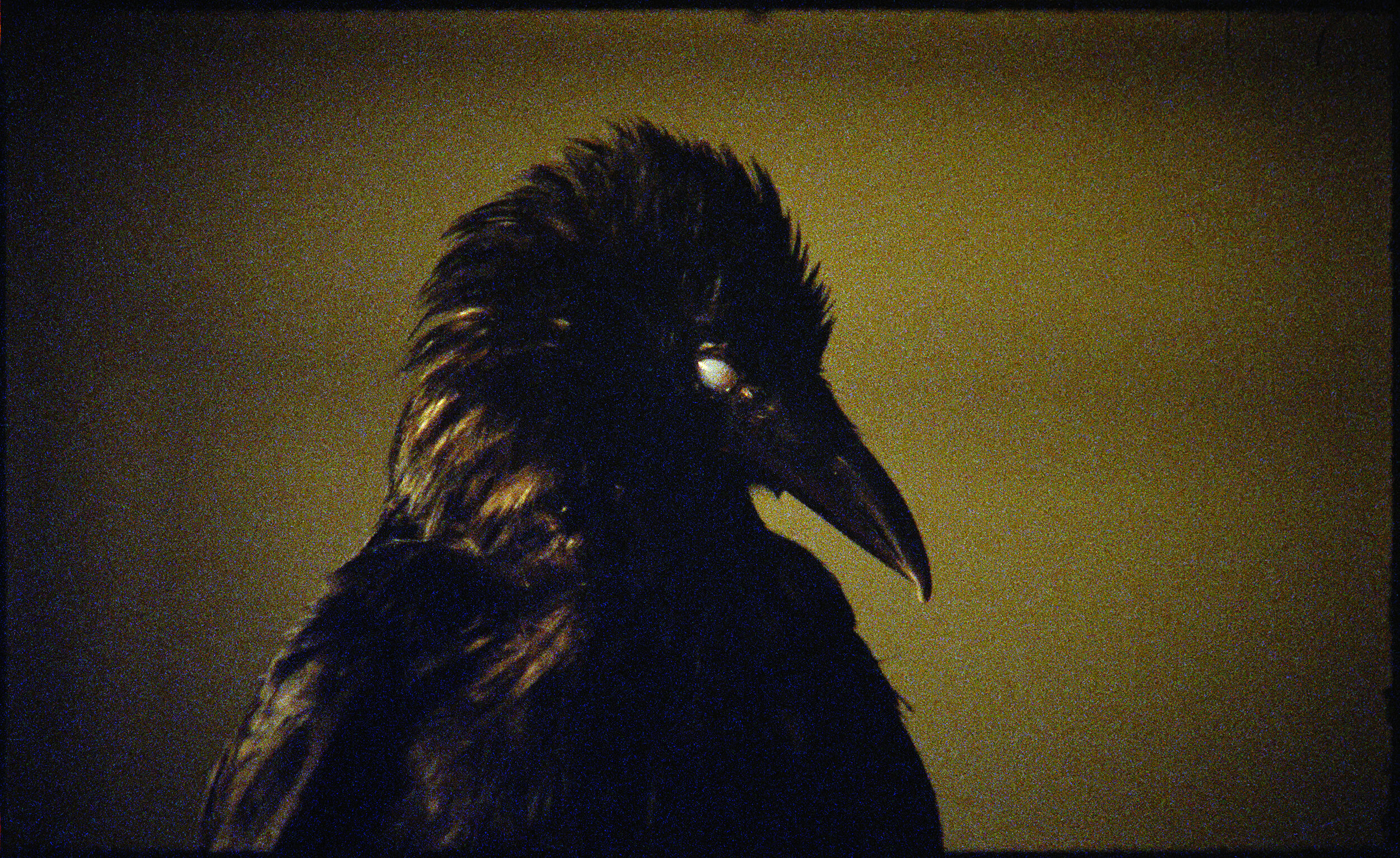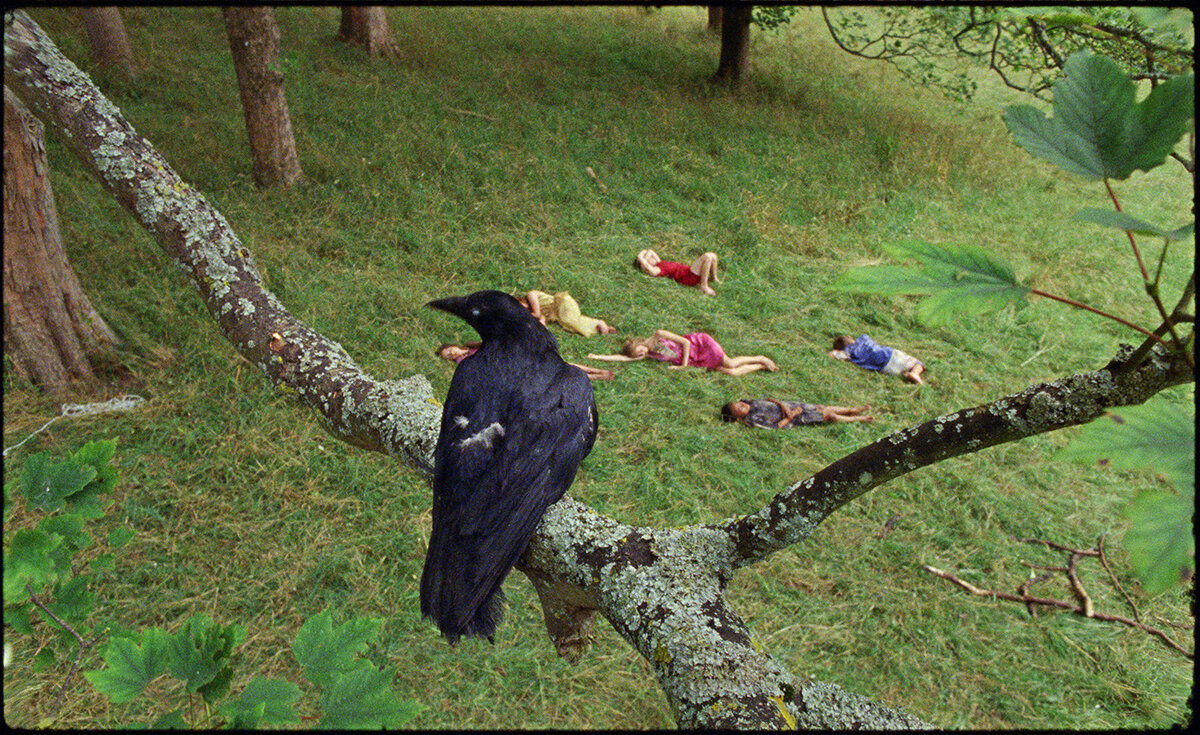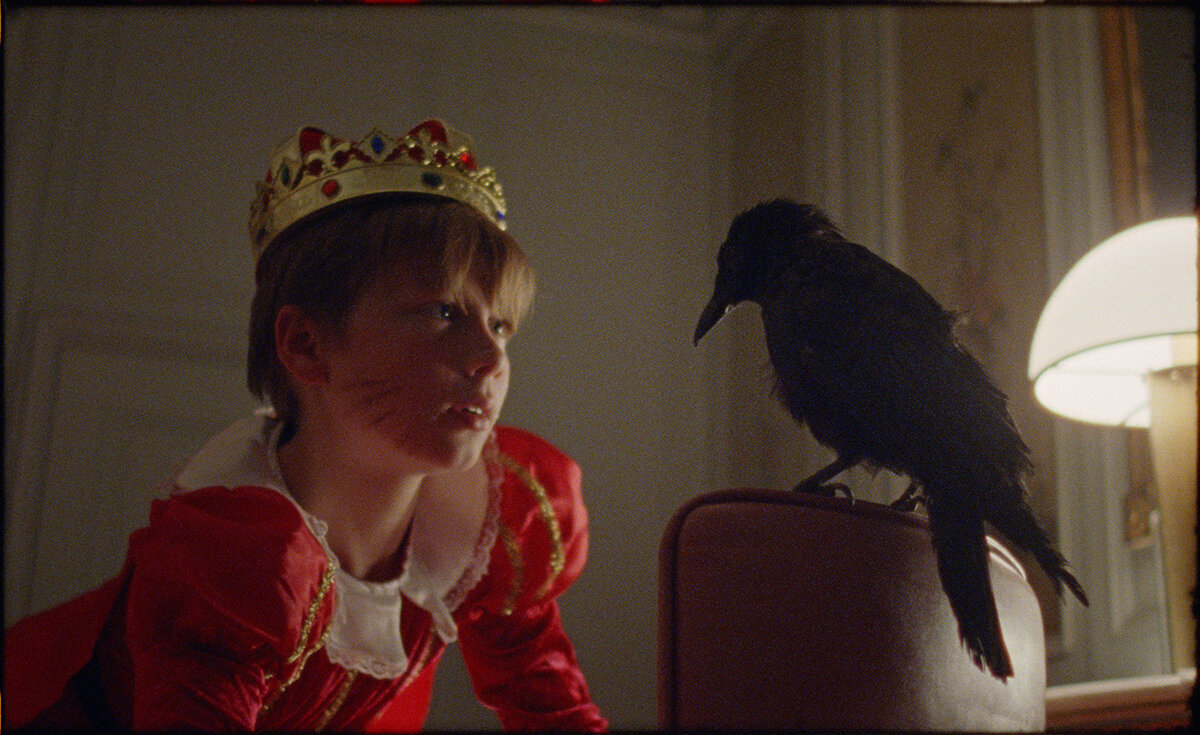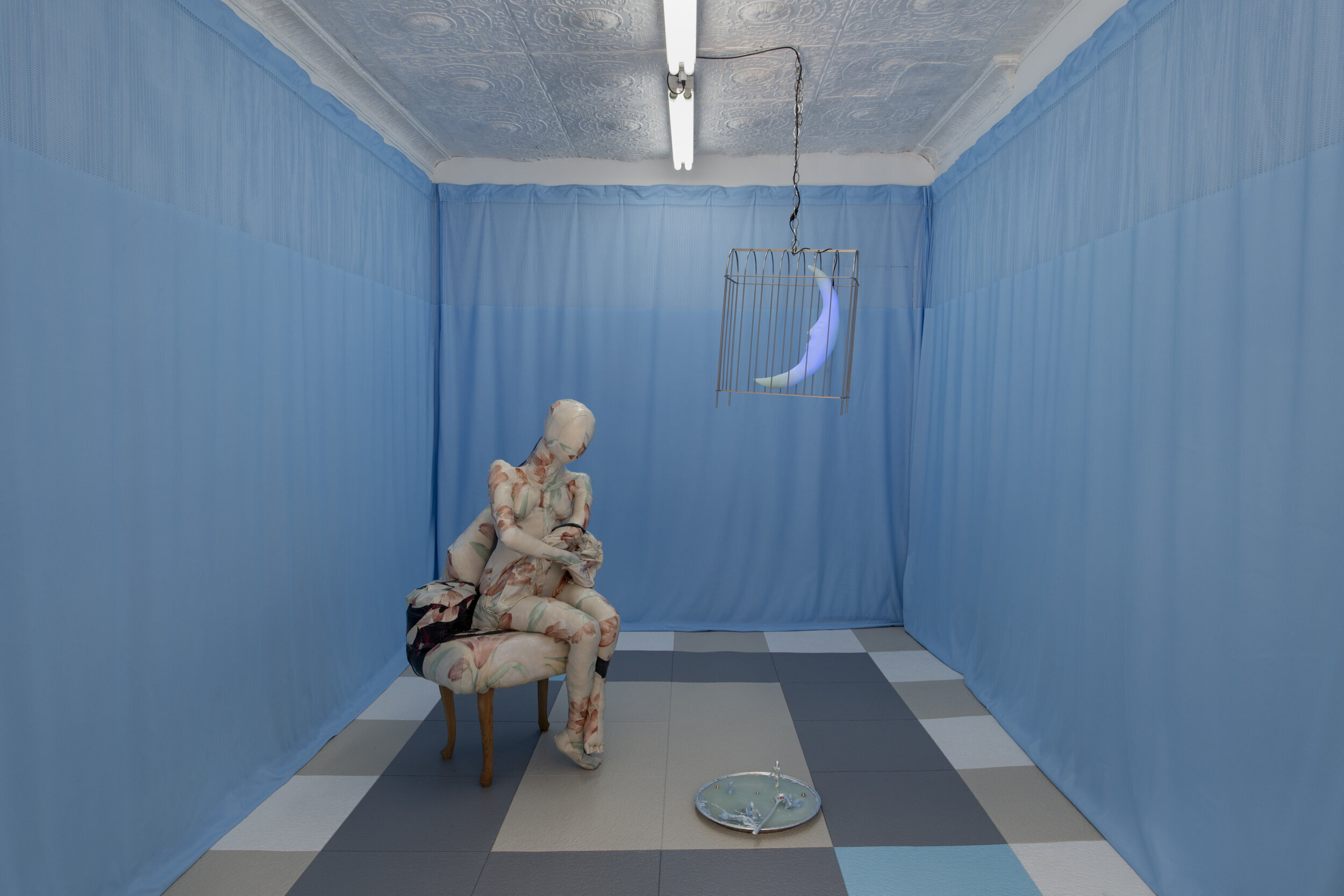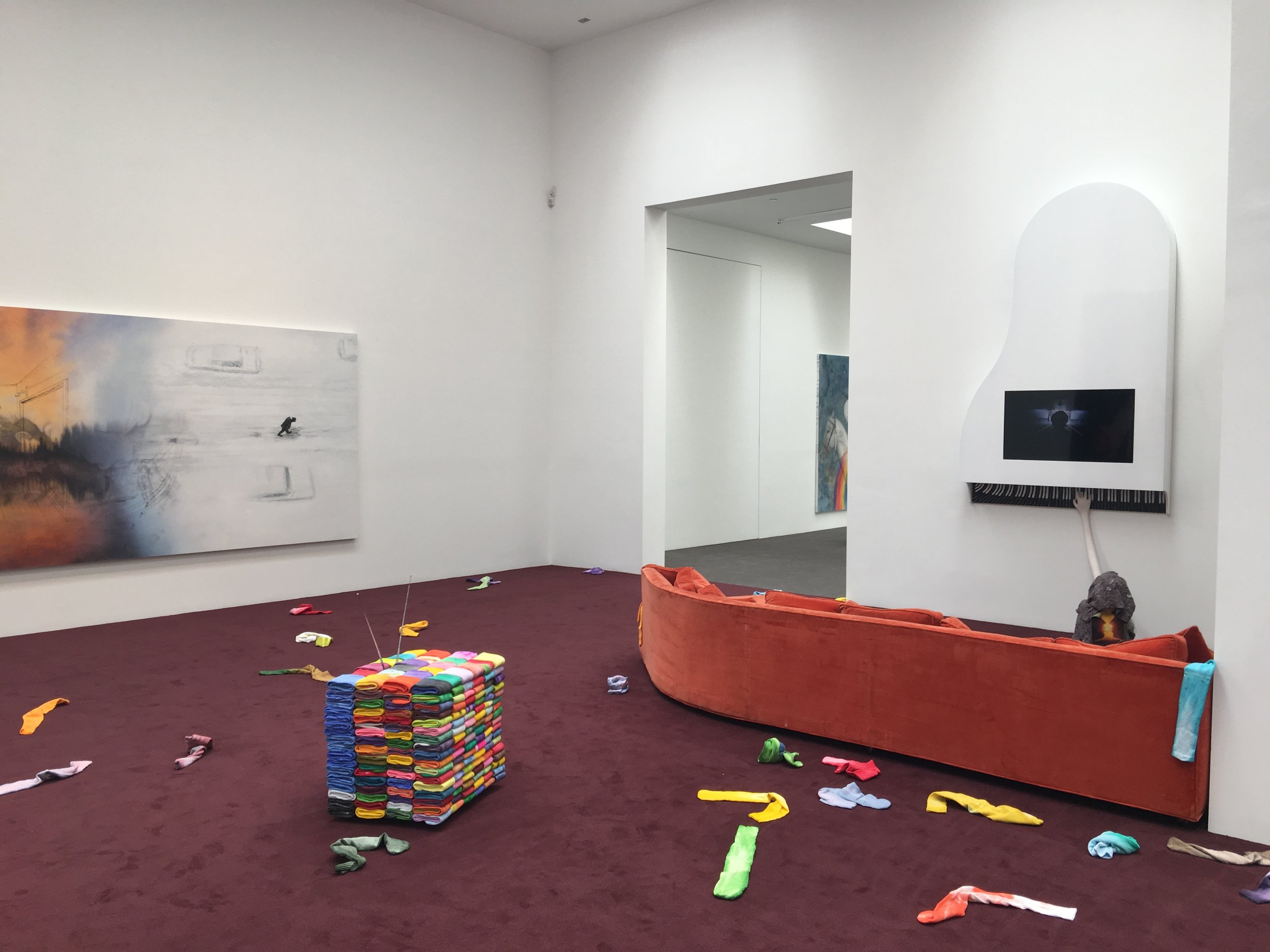text by Jeffrey Deitch
“How did these get here!?” I was shocked to see a pile of stickers on my gallery reception desk in the Spring of 1996 with the outrageously provocative phrase “Nuke the Swiss” printed above a red cross. “They were left there by that funny guy who comes in here all the time,” my staff explained. A few weeks later, I was there when the culprit walked in, smirking as he handed me a fresh stack of Nuke the Swiss stickers. His engaging manner somehow neutralized the egregious content of his free art. This was my first introduction to Tom Sachs, who twenty years later, still visits during his walks around the neighborhood, and who continues to perfect his fusion of radical conceptual performance, Modernist idealism, bricolage and provocation.
Tom and I have discussed presenting his work in my gallery since 1996, but it took twenty years to realize an exhibition. There were several false starts. In the late 1990s, Tom amused himself by setting up a contest between three art dealers who were keen to show his work, Angela Westwater, Mary Boone, and myself. He even published a zine about the “competition.” He decided that Mary Boone was the winner and rewarded her with a solo show. I opened my copy of The New York Times on September 30, 1999 to see the astonishing headline, “Art Dealer Arrested for Exhibition of Live Ammunition.” Tom had placed a vase full of live 9-millimeter cartridges on Mary Boone’s reception desk for visitors to take home as souvenirs. Mary was hauled off to jail for unlawful distribution of ammunition and resisting arrest. She was also charged with possession of unlawful weapons and possession of stolen property for another piece in the show, which featured homemade guns. I was lucky to have dodged a bullet. There was much more water under the bridge, but I will save those stories for my memoirs.
Last year Tom called to invite me for a tea ceremony. He had transformed a section of his wunderkammer studio into a subversion of a Japanese tea house, constructed with Con Edison excavation barriers and Blue Foam instead of rice paper and bamboo. I was deeply entranced in Tom’s remix of the tea ceremony when he stunned me by lifting the lid of a lacquer box that I assumed would contain an exquisite tea biscuit. Instead of a biscuit, it was a perfectly measured line of cocaine. The ceremony was confounding, but the taste of the carefully sourced matcha was transporting.
Some months later Tom told me the good news that his entire tea house along with its extensive Japanese garden and his bronze bonsai tree (made from 3,500 casts of Q-tips, tampon cases, tooth brushes, and enema nozzles) would be the focus of a major exhibition at the Noguchi Museum. In addition, his Boom Box retrospective, which had been enthusiastically received in Austin, would be coming to the Brooklyn Museum. Tom suggested that maybe now was the time to present the gallery show that we had been discussing for twenty years.
Tom’s proposal for our gallery show was Nuggets, a presentation of his Sachsified versions of Modernist masterpieces. The doorbell to Tom’s Center Street studio is marked “Brancusi.” Appropriately, the major work in the exhibition is Tom’s response to Brancusi’s Le Coq, perfectly crafted from plywood, resin and sheet metal screws, rather than marble. In Michel Gondry’s film Be Kind Rewind, the protagonists, video store clerks played by Jack Black and Mos Def, remake their favorite movies in the vacant lot behind the shop after they have inadvertently erased the store’s inventory. Their “sweeded” versions of movies become more popular with their customers than the originals. In his way, Tom has been “sweeding” the icons of modern art and consumer culture his whole career. We will find out whether the audience prefers Tom’s reboot of Brancusi to the real thing.
There is an aesthetic equivalence in Tom’s world between icons of modern art and icons of contemporary consumer culture. Tom’s sculpture of a laundry basket, meticulously crafted out of plywood and resin is mounted on a museum pedestal with the same reverence as his Brancusi. He worships the brilliantly efficient design of the lowly cinder block as much as he admires a stacked sculpture by Donald Judd. My favorite “Nugget” is Tom’s astonishing and functioning exact size reconstruction of a photocopy machine, perhaps the true icon of Post Modernism. Tom’s work embodies a contradiction at the core of his unique aesthetic: his veneration of the purity of modern art and industrial design and his love of bricolage and handicraft. His works are fabricated with the combination of industrial rigor and hand made artistry that have become his trademark.
The works in Nuggets span the spectrum of Tom’s artistic, cultural and sociological interests, from Brancusi to McDonald’s. Among the resonant works are his Kelly Bag in plywood, canvas, steel, resin, latex and nylon and his plywood, latex, and epoxy milk crate, with steel hardware, his homage to a masterpiece of modern design. There is also Nutritional Facts, a giant wood burned chart of the nutritional content of the full McDonald’s menu. The works are presented on pedestals like rare tribal sculpture in the Metropolitan’s Michael Rockefeller Wing.
Tom Sachs is one of the rare artists who does not just create works of art, he has constructed an entire aesthetic world. His studio is a bricoleur’s dream factory, itself one of his greatest art works. From his distinctive handwriting, to his influential films, Tom is always making art. Tom Sachs’ official biography articulates his unique approach to his work:
Sachs is a sculptor, probably best known for his elaborate subversions of various Modern icons, all of them masterpieces of engineering and design of one kind or another. A lot has been made of the conceptual underpinnings of these sculptures: how Sachs samples capitalist culture: remixing, dubbing and spitting it back out again, so that the results are transformed and transforming. Equally, if not more important, is his total embrace of "showing his work." All the steps that led up to the end result are always on display. This means that nothing Sachs makes is ever finished. Like any good engineering project, everything can always be stripped down, stripped out, redesigned and improved. The reward for work is more work.

